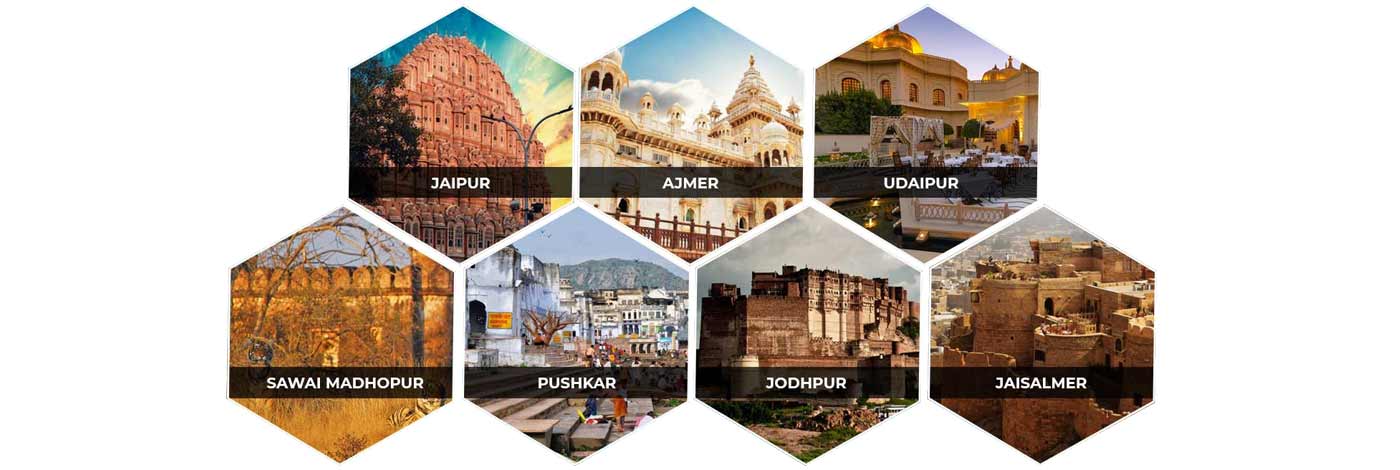
Sambhar Salt Lake
Sambhar lake in Rajasthan is the largest salt water lake in India. This saline wetland is elliptical in shape with length of 35.5 km and breadth varying between 3 km and 11 km. It is located in the districts of Nagaur and Jaipur and it also borders the Ajmer district. The circumference of the lake is 96 km, surrounded on all sides by the Aravalli hills. The water depths of this lake vary from 60 cm during dry season to about 3 m after the monsoons. The area of this waterbody varies accordingly between 190 to 230 square kilometers in these two seasons. The water from two major ephemeral streams namely Mendha, Runpangarh along with numerous rivulets and surface runoff feed the lake. Mendha and Runpangarh drain an area of 3600 sq km and 625 sq km before entering the lake.
Sambhar has been designated as a Ramsar site in the year 1990. Several migrating birds visit the waterbody during the winter. Along with Phulera and Deedwana, the wetland is the most important wintering area for flamingoes (both Phoniconaias minor and Phoenicopterus roseus) in India outside the Rann of Kachchh. The number of the flamingoes decreased from five lakhs in 1982-83 to a mere 20,000 in 2008. . The other winged visitors to the area include pelicans, common shelduck, red shank, and common sandpiper, black-winged stilt, Kentish plover, and Ringed plover, Ruff and Sociable lapwing. A specialized group of algae and bacteria supports the ecology of the lake, which in turn supports the waterfowl.
Sambhar Lake produces 2,10,000 tonnes of salt each year, placing Rajasthan among the top three salt-producing states of India. A 5.1 km long sandstone dam divides the lake basin. After salt water reaches a certain concentration, it will be released from the west side to the eastern side by lifting dam gates. To the east of the dam are salt evaporation ponds where salt has been farmed for a thousand years. The brine of this lake is unique, as it has got low potassium content. The first record of salt production from the lake dates back to 1500 years ago. The control of salt production passed from local communities to the Rajputs, the Mughals, the British and finally to Sambhar Salts Limited, a joint venture between Hindustan Salts Limited and the Government of Rajasthan, which regulates salt production. Apart from these there are private contractors.
The traditional process of salt extraction is almost gone. Contractors try to extract more and more salt in small period of time. The traditional process is monsoon dependent. Sambhar Lake taps water from four seasonal rivers, the Mendha, the Rupangarh, the Kharian and the Khandel and numerous streams and rivulets. This water reacts with lake sediments and becomes brine, which takes 50 days to evaporate, leaving behind crystallised salt. Most of the contractors today use groundwater to reduce the reaction period to 15 days. For this deep borewells are installed. Excessive pumping of groundwater has lowered the groundwater level in the area by almost 40 feet. This has led to water scarcity in the neighboring villages. Apart from this there is a change in the landuse pattern of the catchment area. The salt producing units have come up on the banks thus blocking the water from Mendha and Runpangarh. Although the lake has a huge catchment area yet it receives very little runoff due to human interference. The unplanned construction of anicuts in the catchment area has also stopped inflow of rainwater from the catchment.
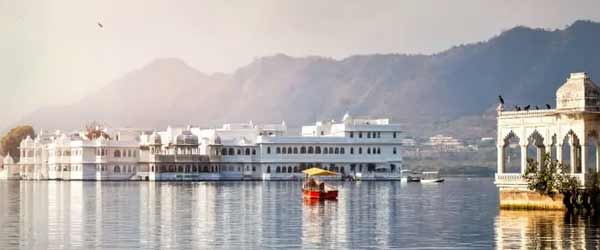
Lake Pichola, Udaipur
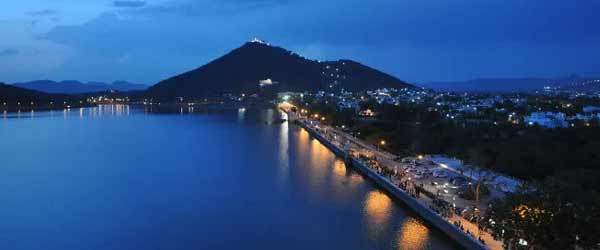
Fateh Sagar Lake, Udaipur
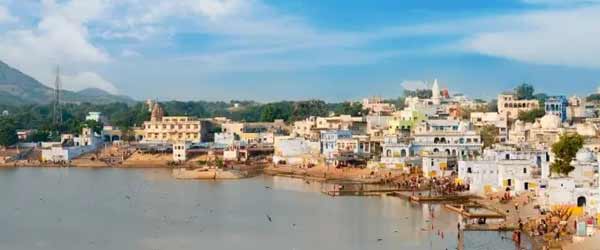
Pushkar Lake, Pushkar
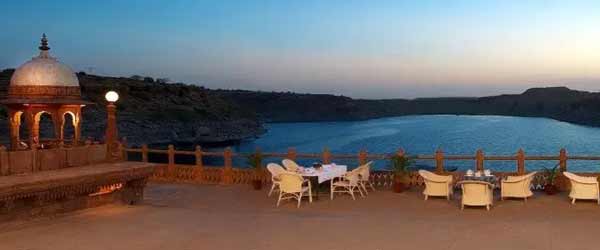
Balsamand Lake Jodhpur
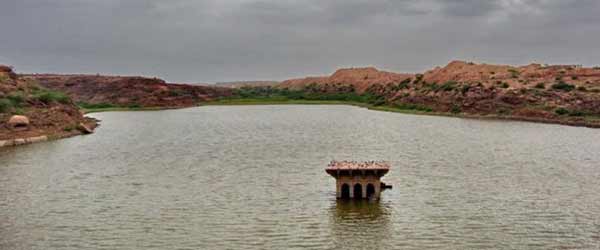
Kaylana Lake, Jodhpur
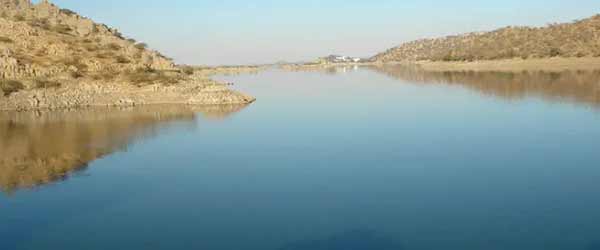
Jaisamand Lake Udaipur
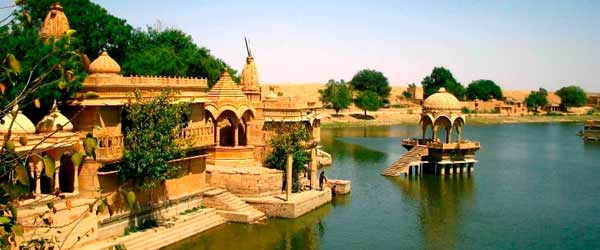
Gadi Sagar Lake, Jaisalmer
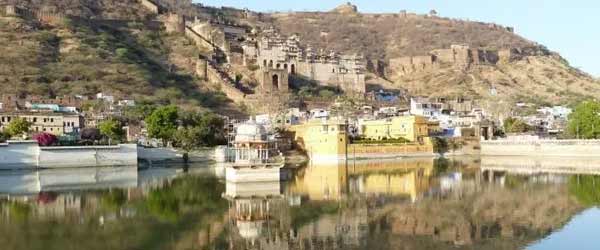
Nawal Sagar Lake Bundi
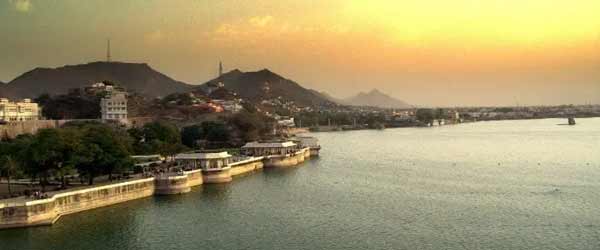
Ana Sagar Lake Ajmer
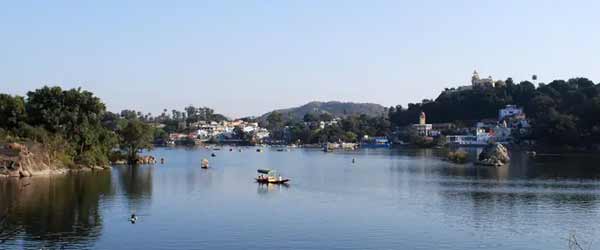
Nakki Lake, Mount Abu
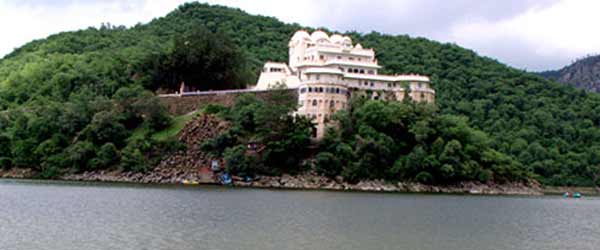
Siliserh Lake Palace, Alwar
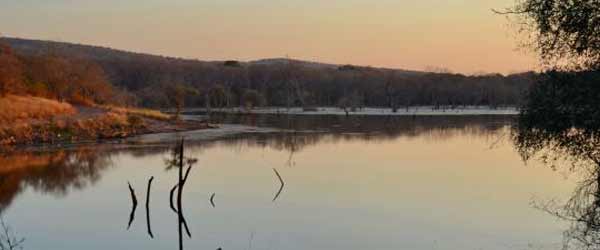
Surwal Lake, Ranthambore
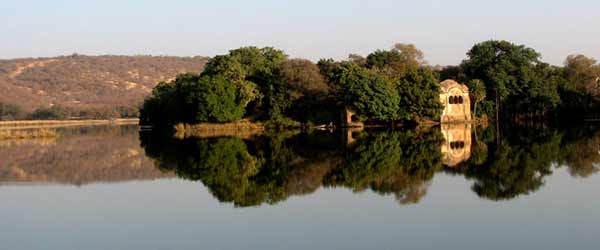
Padam Lake, Ranthambore
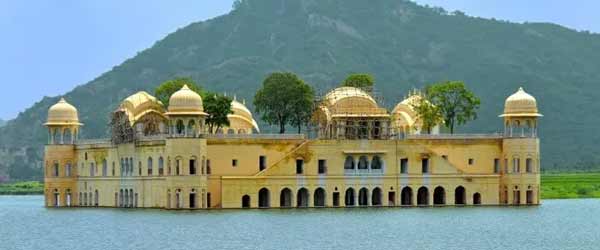
Jal Mahal Jaipur
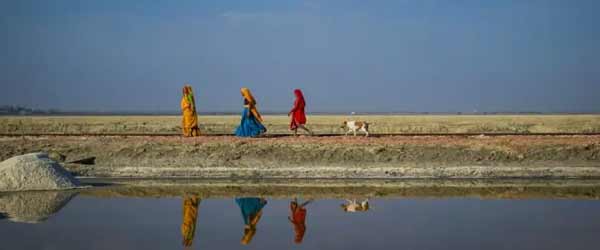
Sambhar Salt Lake
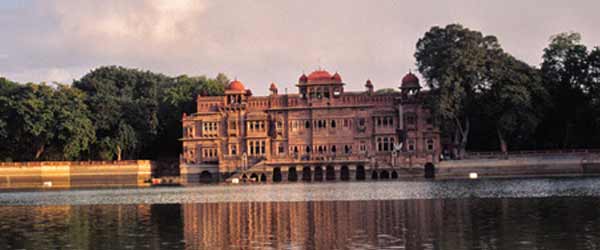
Gajner Lake Bikaner
 +91 9549279999
+91 9549279999 